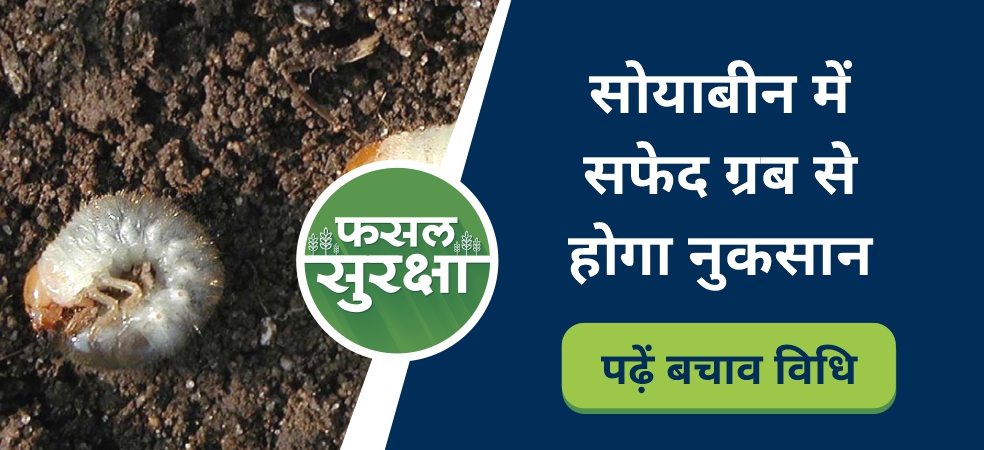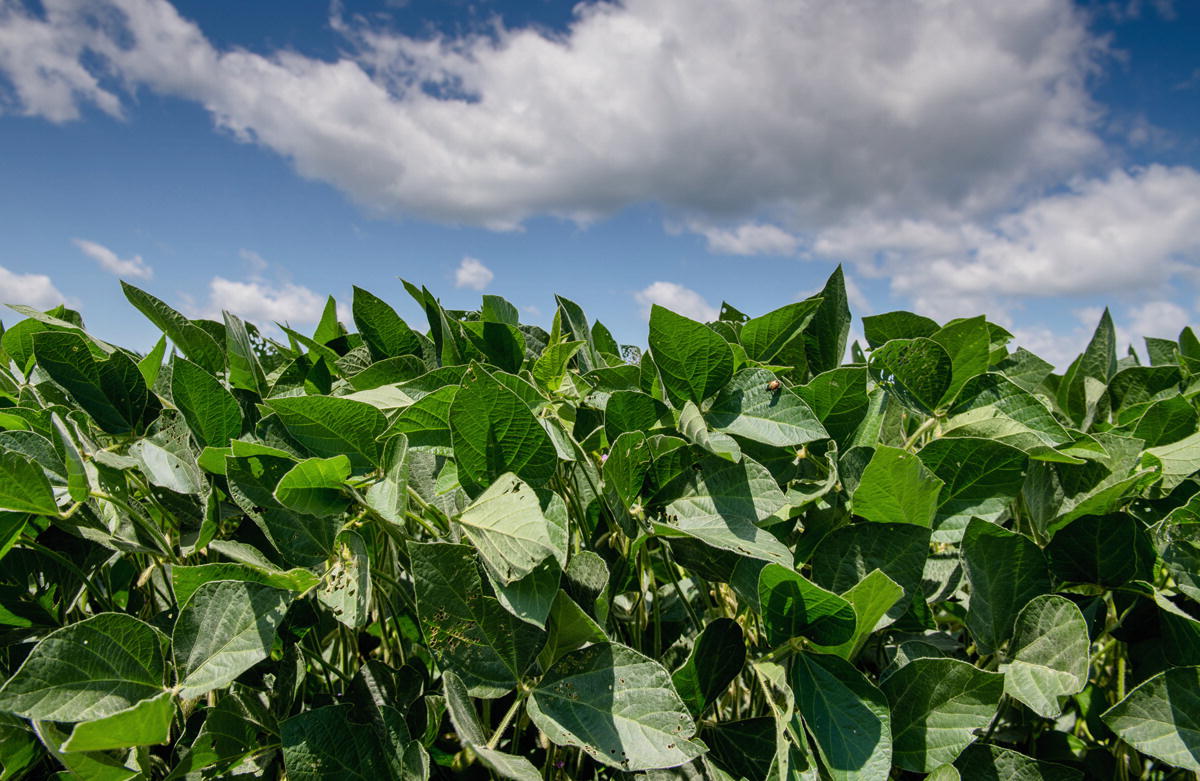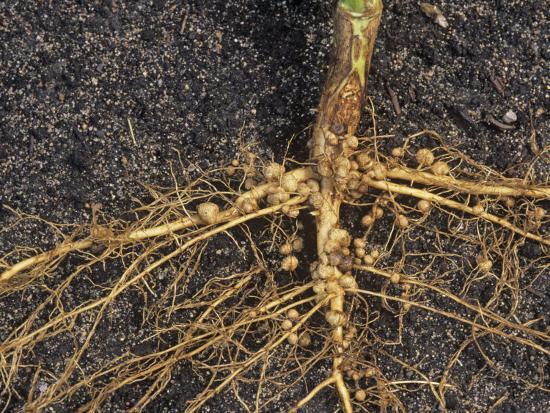Symptoms of damage
Infection of this disease first appears on older leaves. First appears as small brown and light purple irregular, angular spots on the upper surface of the leaves and gradually develops into circular spots. Later these spots mix together, turning into large spots. More affected leaves turn dark purple in color. Looks like a sunburn at the end.
Know the reddening of leaves in the cotton crop!
Leaf turning red in cotton, also known as red leaf disease. Initially the edge of the leaf turns yellow and later turns red. This disorder is caused by an environmental factor and nitrogen, magnesium supply and excessive water logging. This can happen at any developmental stage. There is no significant difference between the symptoms of sucking insects and the symptoms of red leaf. Symptoms are often seen in mature leaves. and gradually spreads to the entire leaves. Eventually the entire leaves dry up.
preventive measures
Timely sowing should be done to avoid natural factors. And there should be adequate drainage to avoid water logging in the fields. After 40 to 45 days of sowing, apply Urea @ 30 kg + Magnesium Sulphate @ 10 kg per acre.
ShareFor more such important information related to the agriculture sector, keep reading the articles of Gramophone daily. If you liked today’s information, then do not forget to like and share










